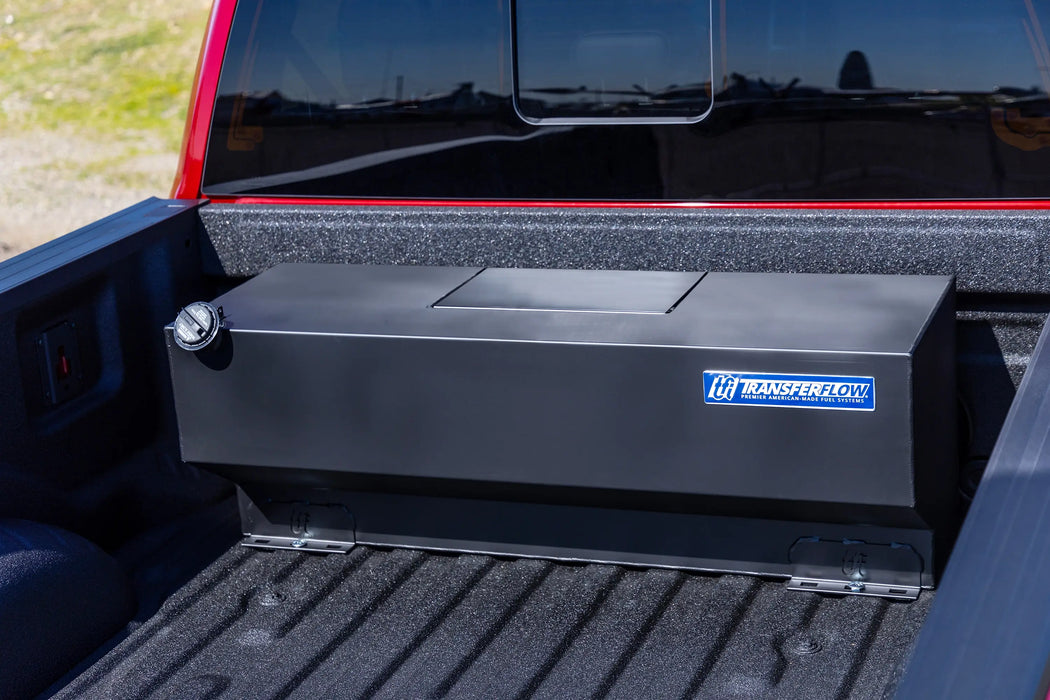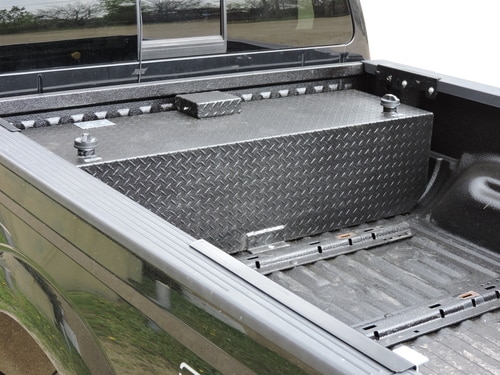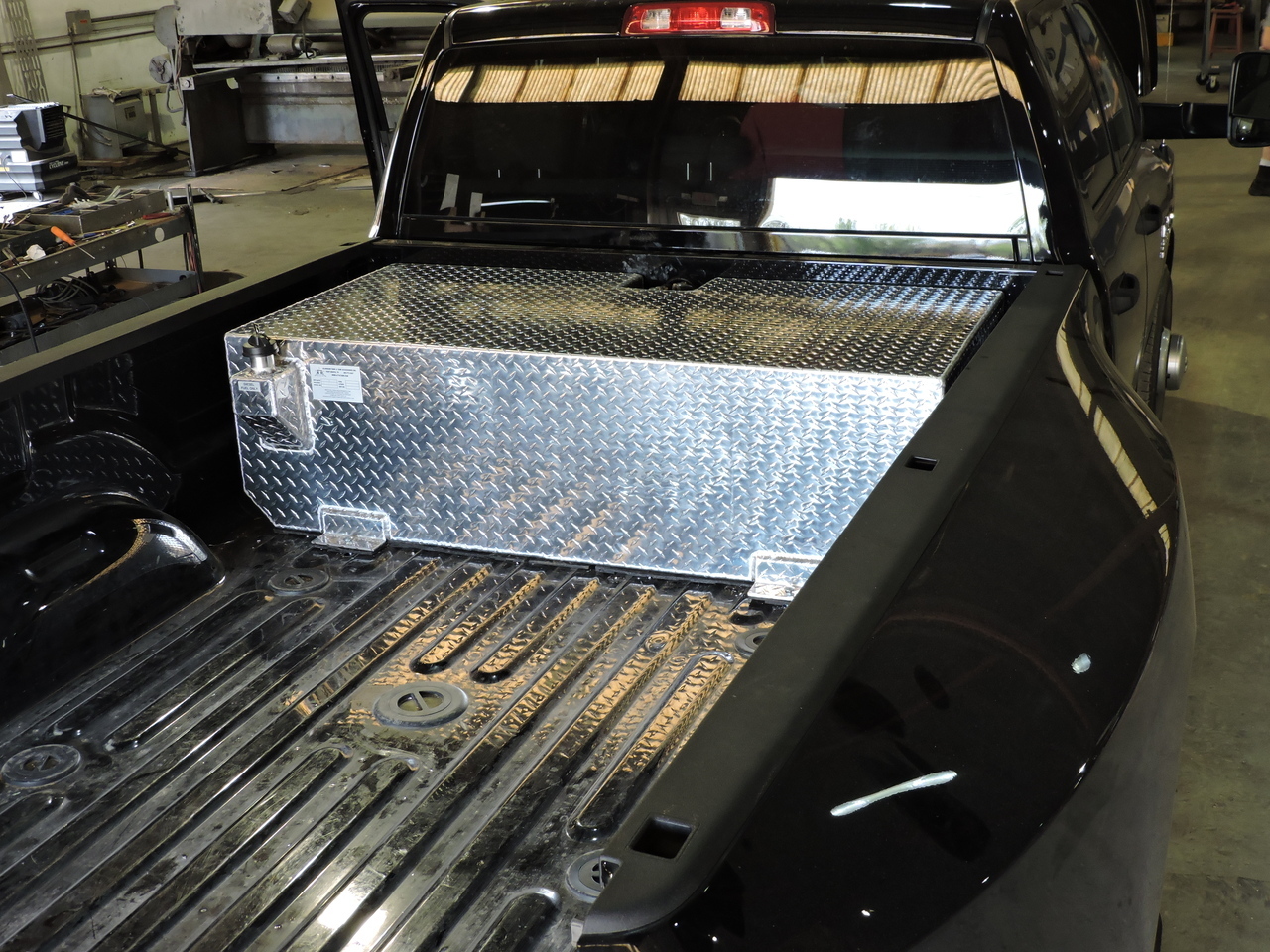Under Bed Auxiliary Fuel Tanks for Pickup Trucks Guide
Under Bed Auxiliary Fuel Tanks for Pickup Trucks: The Ultimate Guide
If you’re a pickup truck owner who regularly tackles long hauls, tows heavy loads, or ventures deep off-grid, you’ve likely felt the nagging limitation of your factory fuel tank. Running out of gas isn’t just an inconvenience; it can be a safety hazard and a trip-ruiner. This is where an under bed auxiliary fuel tank becomes an absolute game-changer. This comprehensive guide will walk you through everything you need to know about these systems, from how they work and their benefits to the critical factors in choosing and installing the right one for your rig. We’ll cut through the marketing fluff and give you the straight talk, just as if we were leaning over your open tailgate.
Why Consider an Under Bed Auxiliary Fuel Tank?
The primary reason for installing an auxiliary fuel tank is simple: increased range. But the benefits extend far beyond just driving farther between stops.

- Eliminate Range Anxiety: Whether you’re on a remote job site or a cross-country road trip, knowing you have hundreds of extra miles of fuel on board provides immense peace of mind.
- Save Time and Money: You can fuel up at stations with lower prices instead of being forced to buy expensive fuel in remote locations. Fewer stops also mean more time on the road.
- Enhanced Towing and Payload Capacity: When towing, your fuel economy can plummet. An auxiliary tank ensures you can still cover significant distances without constantly hunting for a truck-friendly gas station.
- Improved Weight Distribution: Unlike a bulky transfer tank in the bed, an under bed auxiliary fuel tank is mounted low and centered, which helps maintain a lower center of gravity and doesn’t sacrifice precious cargo space.
How Do Under Bed Auxiliary Fuel Systems Work?
Understanding the mechanics is key to making an informed purchase. Most systems fall into one of two categories: transfer systems or replacement systems that integrate directly with your main tank.
The most common and user-friendly type is the gravity-fed transfer system. This setup involves a separate auxiliary tank plumbed with a hose and valve. When you need fuel, you simply open the valve, and fuel flows via gravity from the auxiliary tank into your main tank. It’s a straightforward, mechanical solution with no electrical components to fail.
More advanced are the electronic transfer systems. These use a dedicated pump, controlled by a switch in the cab, to actively move fuel from the auxiliary tank to the main tank. This allows for “on-the-go” refueling, which is a huge convenience. Many of these systems feature automatic shut-off sensors that prevent overfilling your main tank.
Some specialized kits are designed to replace your factory tank entirely or work in tandem with it using a complex network of vents and lines, but these are generally more complex and best left to professional installers.
Choosing the Right Tank: A Buyer’s Checklist
Not all auxiliary fuel tanks are created equal. Rushing this decision can lead to leaks, poor fitment, or even safety issues. Here’s what to scrutinize before you buy.
Material and Construction
- Polyethylene (Poly): This is a top choice for most users. High-density, cross-linked polyethylene is incredibly durable, resistant to corrosion (a huge plus over metal), and impacts. It’s also lighter than steel. Look for tanks that are rotationally molded for seamless, leak-proof construction.
- Aluminum: Lightweight and corrosion-resistant, aluminum is a premium option. It’s strong and works well for custom applications. However, it is typically more expensive than poly tanks.
- Steel: While very strong, steel is susceptible to rust from the inside out due to condensation, especially if you don’t keep the tank full. It’s the heaviest option and generally not recommended for most users unless specifically required.
Capacity and Fitment
Capacity is a balancing act. A 60-gallon auxiliary fuel tank might sound great, but consider the added weight (fuel is roughly 6.3 lbs per gallon) and whether it will physically fit your specific truck model, year, and bed length. Always check the manufacturer’s fitment guide meticulously. A tank that’s too large can interfere with suspension components, exhaust systems, or the spare tire.
DOT and EPA Compliance
This is non-negotiable. In the United States, any auxiliary fuel tank that is permanently mounted and plumbed into the vehicle’s engine must be DOT (Department of Transportation) compliant. This ensures the tank has been manufactured to specific safety standards. Using a non-compliant tank can void your vehicle’s warranty and lead to legal issues, especially in the event of an accident. Reputable manufacturers will proudly state their DOT compliance.

Installation Complexity
Are you a confident DIY mechanic, or will you be hiring a professional? A basic gravity-fed system might be a weekend project for someone with good mechanical skills. However, electronic systems with pumps and wiring, or systems that require modifying fuel lines, are best handled by a certified technician to ensure everything is safe and functions correctly.
Top Under Bed Auxiliary Fuel Tank Brands Compared
To help you narrow down your choices, here’s a quick comparison of some of the most trusted names in the industry.
| Brand | Key Features | Common Materials | Ideal For |
|---|---|---|---|
| Transfer Flow | DOT compliant, extensive fitment guides, both transfer and replacement tanks. | Polyethylene, Aluminum | Users seeking a wide variety of proven, compliant options. |
| RDS (Northern Tool) | Widely available, good value, many basic transfer tank kits. | Polyethylene, Steel | Budget-conscious buyers needing a simple, reliable gravity-fed system. |
| Titan | High-capacity tanks, innovative designs like the “Tank & Toolbox” combo. | Polyethylene | Professionals and heavy users who need maximum capacity and functionality. |
| Auxiliary Fuel Systems | Specializes in large-capacity, vehicle-specific kits. | Aluminum, Polyethylene | Fleet owners and those with specific, high-demand applications. |
Expert Insight: The Importance of Professional Installation
While a handy manual is helpful, there’s no substitute for professional experience. We spoke with Mike Harrison, a master technician with over 20 years of experience and certification from the National Institute for Automotive Service Excellence (ASE). He emphasized a critical point often overlooked by DIYers.
“The most common mistake I see is improper venting. Fuel tanks need to breathe. If the venting system isn’t set up correctly, you can create a vacuum that prevents fuel from transferring, or worse, build pressure that could damage the tank or lines. A professional installer knows the specific routing and requirements for your vehicle’s make and model to keep the system safe and functional.”
This expert advice underscores that while the initial cost of professional installation is higher, it can prevent costly and dangerous problems down the road.
Maintenance and Safety Best Practices
Once your under bed auxiliary fuel tank is installed, a little routine care goes a long way.
- Use a Fuel Additive: Since fuel may sit in the auxiliary tank longer than the main tank, using a stabilizer and water remover like STA-BIL is wise, especially for diesel engines to prevent algae and microbial growth.
- Regular Inspections: Periodically check all hoses, clamps, and fittings for signs of wear, cracking, or leaks. Look at the tank itself for any damage or stress points.
- Keep it Full: When not in use for extended periods, try to keep the tank full to minimize internal condensation, which is a major cause of corrosion in metal tanks and water contamination in fuel.
Frequently Asked Questions
Is it legal to install an under bed auxiliary fuel tank?
Yes, provided the tank is DOT compliant for its intended use (permanently supplying fuel to the engine). Regulations for off-road or transfer tanks that are not permanently plumbed can differ. Always check your local and state laws, as some areas may have specific restrictions.

Will an auxiliary fuel tank void my truck’s warranty?
According to the Magnuson-Moss Warranty Act, a manufacturer cannot void your warranty simply for adding an aftermarket part. However, if they can prove that the auxiliary tank or its installation directly caused a failure (e.g., a fuel system issue), they may deny coverage for that specific repair. Using a DOT-compliant tank and having it professionally installed provides the best protection for your warranty.
How much does a full setup typically cost?
Costs vary widely. A basic 50-gallon polyethylene transfer tank kit can start around $500-$800. More advanced electronic pump systems or large-capacity aluminum tanks can range from $1,200 to over $2,500. Professional installation can add another $500 to $1,000 to the total cost.
Can I use my auxiliary tank for diesel and gasoline?
Most tanks are compatible with both, but you must confirm this with the manufacturer. The key differentiator is often the sending unit and the transfer pump, as materials compatible with diesel may not be suitable for gasoline and vice versa. Always specify your fuel type when purchasing.
Final Thoughts
Investing in an under bed auxiliary fuel tank is one of the most practical and liberating upgrades you can make to your pickup truck. It transforms your vehicle from a local hauler into a true long-range expedition and work platform. By focusing on DOT-compliant products from reputable brands, ensuring a proper fit for your truck, and prioritizing a professional installation, you can enjoy the benefits of extended range for years to come, safely and reliably. Now, get out there and explore that extra 500 miles of road.
Sources and Further Reading
- Transfer Flow, Inc. – Manufacturer of DOT-compliant fuel tanks.
- National Institute for Automotive Service Excellence (ASE) – Authority on automotive repair and technician certification.
- National Highway Traffic Safety Administration (NHTSA) – U.S. government agency for vehicle safety standards.
- FTC: Magnuson-Moss Warranty Act – Information on consumer product warranties.







